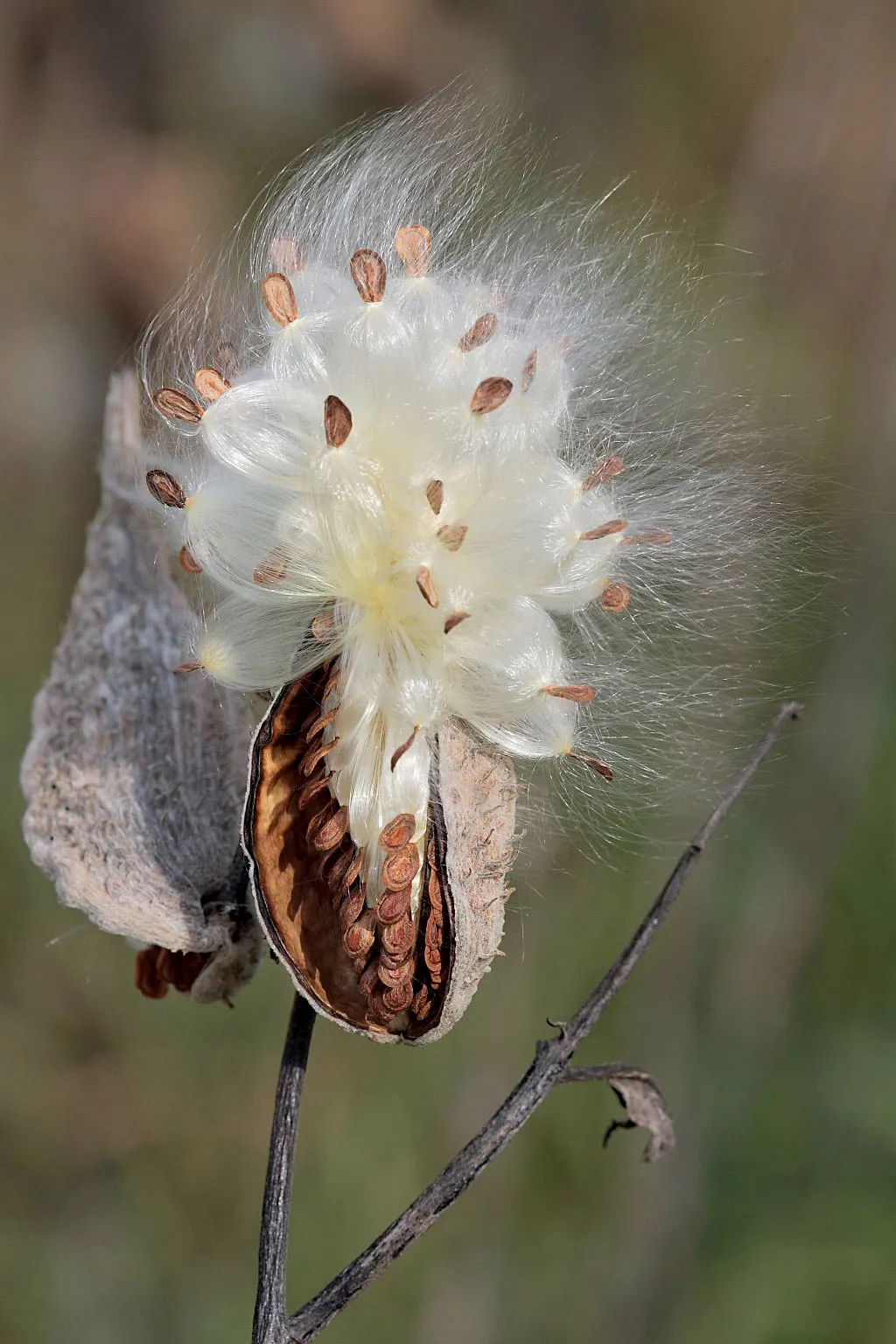In botany, “anemochory” is the term for seeds, spores, or fruit which are dispersed by the wind. It is from the Greek words anemo- (“wind”) + -chory (“seed dispersal”).
Anemochory refers to a method of seed dispersal that relies on wind as the primary agent for moving seeds away from the parent plant. Many plant species in the Neotropical Realm, which encompasses much of the Americas have evolved mechanisms for anemochory. This strategy allows plants, such as Milkweed, to disperse their seeds over long distances and colonize new areas.
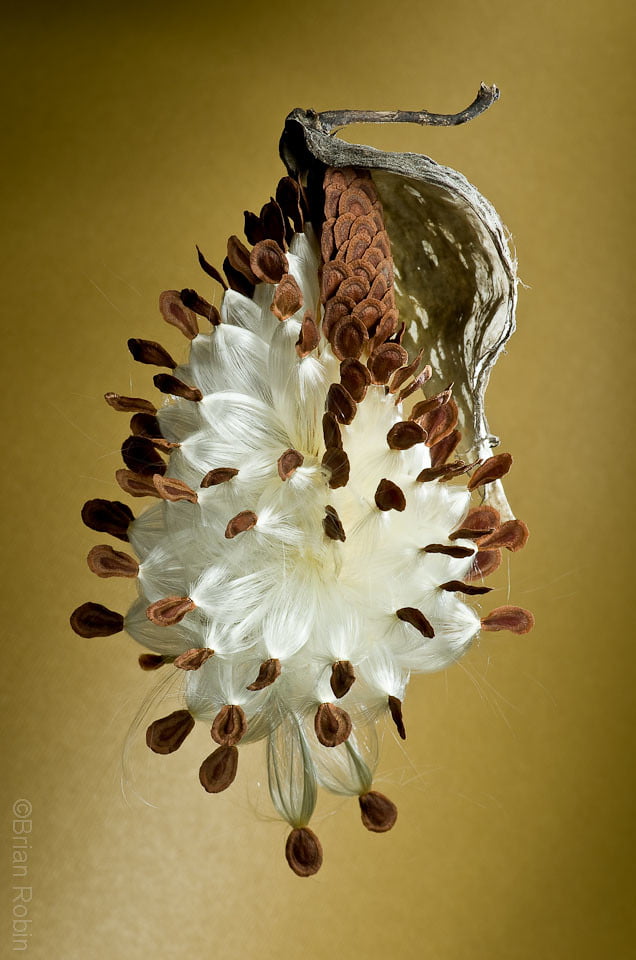
In the Neotropical Realm, various plant species have adaptations that facilitate anemochory. These adaptations include lightweight seeds and structures that aid in wind dispersal. Some plants have wing-like structures or feathery appendages on their seeds, enabling them to catch the wind and be carried away. Other plants produce small, compact seeds that are easily carried by air currents.
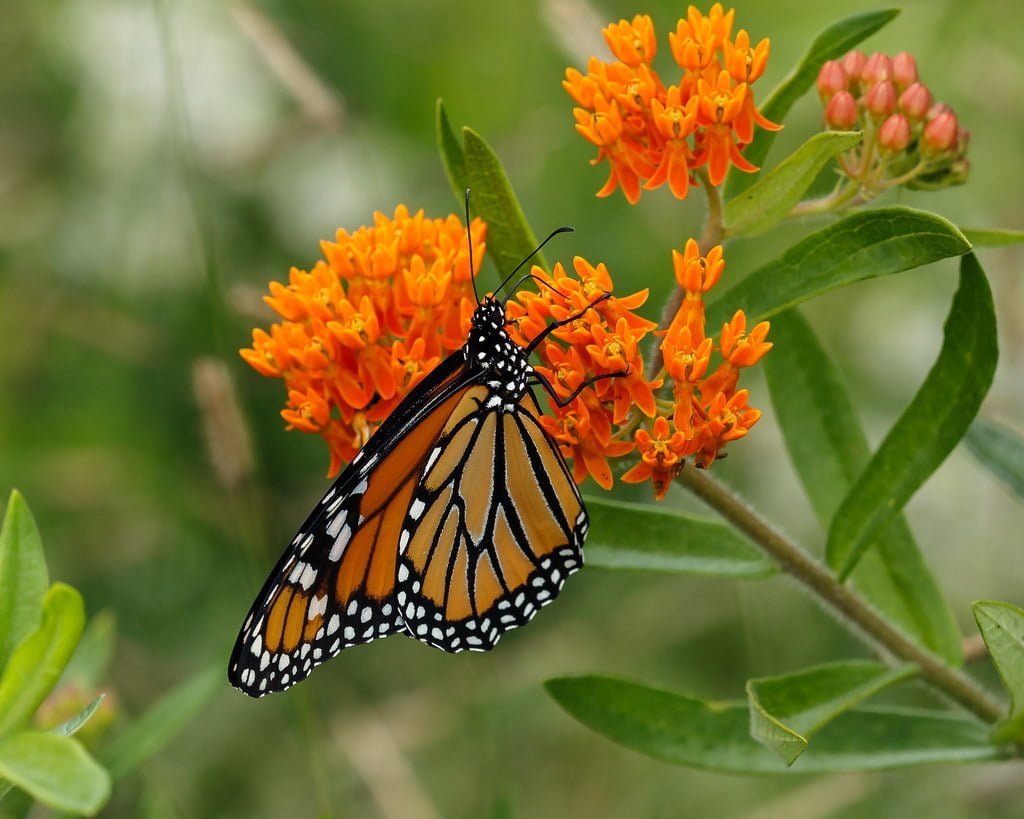
Butterfly Milkweed Seeds (Asclepias Tuberosa) for North America
More than 50 Orange Butterfly Milkweed Seeds (Asclepias tuberosa) originating from tobacco country for most of North America.
The Caribbean Bioregion, located within the Neotropical Realm, is susceptible to severe weather events such as hurricanes and tropical storms. These weather phenomena can have a significant impact on seed dispersal in the region. During severe weather events, strong winds and rainfall can dislodge mature seeds from plants and carry them over long distances.
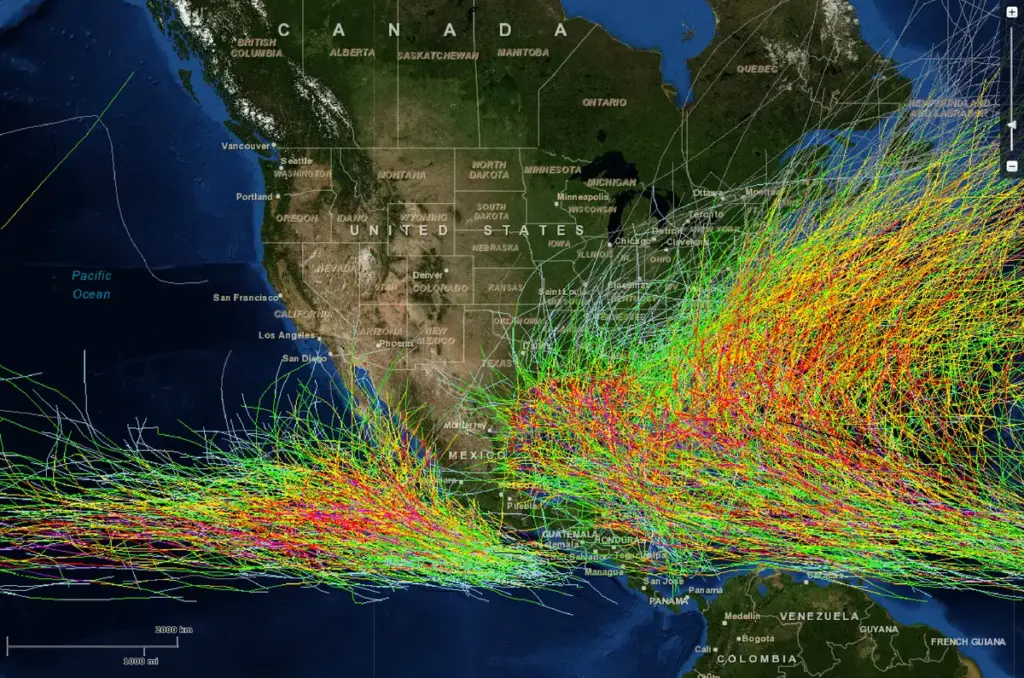
The Caribbean Bioregion consists of diverse ecosystems, including coastal areas, forests, and islands. Hurricanes and tropical storms can cause substantial destruction to these habitats, resulting in the dispersal of seeds across different landscapes. The powerful winds associated with these weather events can carry seeds far beyond their typical dispersal range, allowing for colonization of new areas and promoting genetic diversity.
Severe weather events can also influence seed dispersal patterns within the Caribbean Bioregion. For example, coastal plant species may have their seeds carried inland by storm surges or high winds. This movement of seeds can contribute to the regeneration and recovery of coastal ecosystems after storm damage.
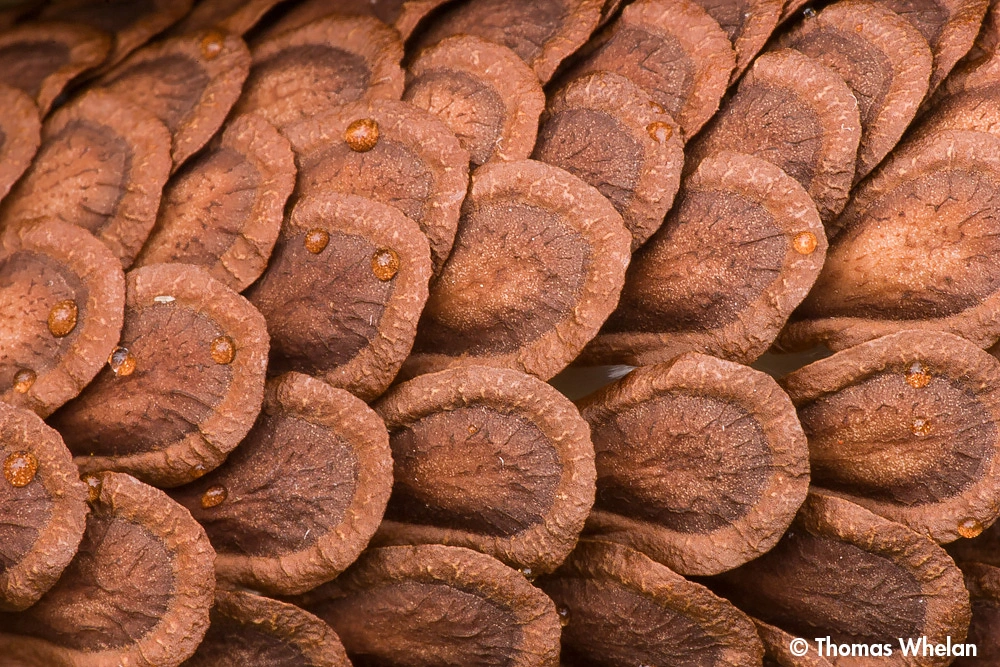
Even insects can be anemochorous; spiders and other bugs often send their young out on the wind.
In summary, anemochory is an important seed dispersal strategy among plant (and insect) species in the Neotropical Realm. Within the Caribbean Bioregion, severe weather events like hurricanes and tropical storms can facilitate the dispersal of seeds over long distances, contributing to the colonization of new areas and the regeneration of ecosystems… one day at a time!

The Adventures of Johnny Butterflyseed – Author Signed First Edition Children’s Book
Save the monarchs!
Johnny Butterflyseed and his fairy friend, Raven Silverwing, embark on a mission to save the rapidly disappearing butterflies. They enlist the help of Queen Venus Goldwing and her kingdom of monarchs to educate and inspire kids to become butterfly farmers. At first, Johnny faces his own internal struggle with self-doubt and fear in his ability to make a difference, but then soon develops a mindset that allows him to not only get started, but also make progress one day at a time. Through challenge after challenge, Johnny learns that he is not alone in his mission and that there are many people who want to help. Together, Johnny, Raven, and Queen Venus educate thousands of children on becoming butterfly farmers.
